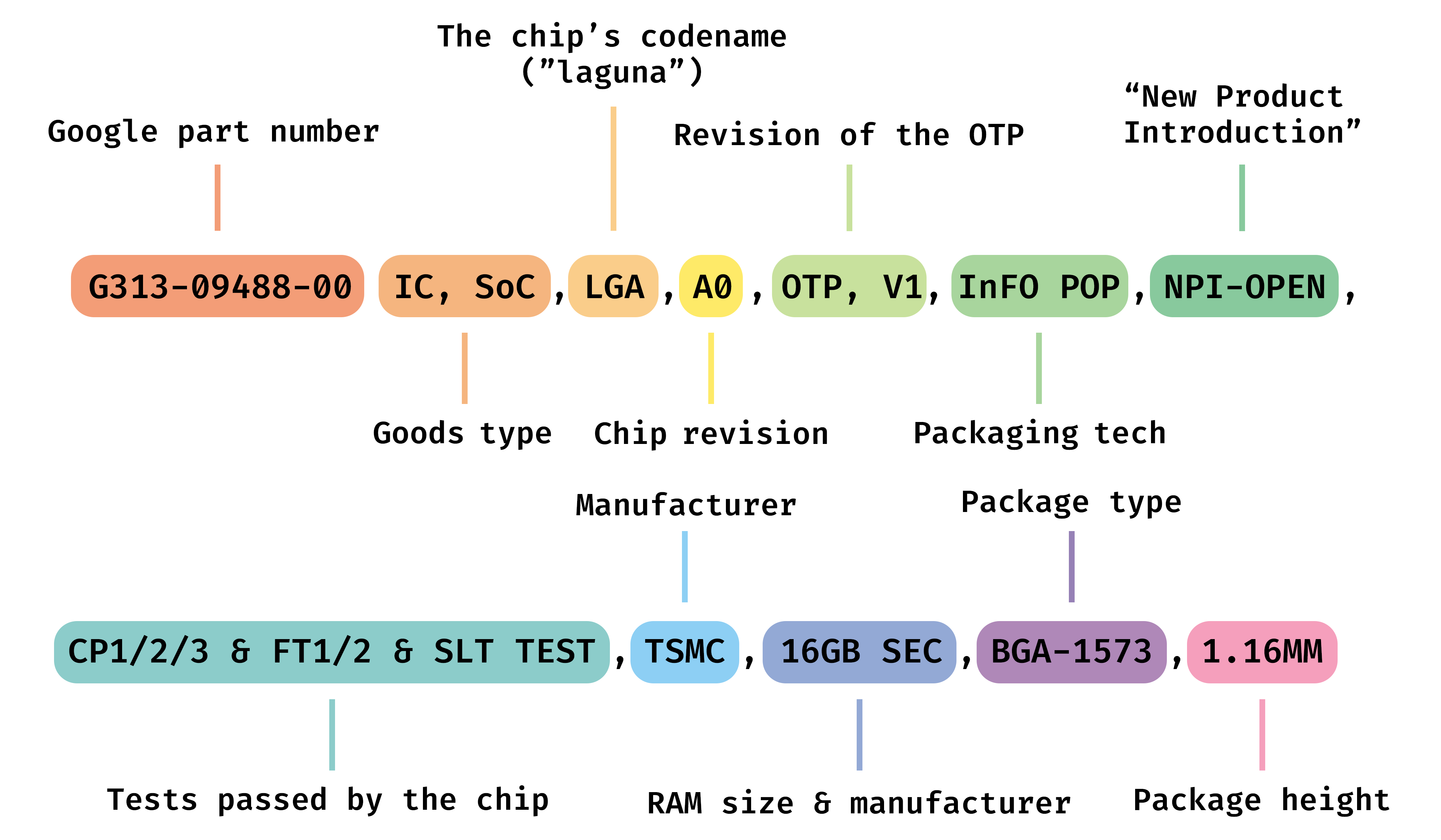Proof that the Pixel 10’s Tensor G5 will be manufactured by TSMC
Google’s custom Tensor processors have been developed in close collaboration with Samsung’s silicon division since the first generation chip in 2021. Although this arrangement has allowed Google to develop its processors in much less time and with fewer engineers what would otherwise be necessary also meant Google stuck to Samsung’s technologies. Everything went well for […]
Google’s custom Tensor processors have been developed in close collaboration with Samsung’s silicon division since the first generation chip in 2021. Although this arrangement has allowed Google to develop its processors in much less time and with fewer engineers what would otherwise be necessary also meant Google stuck to Samsung’s technologies. Everything went well for the most part, but one area where the Tensor chips definitely suffered was in thermal performance and efficiency. Lately, Samsung’s foundry hasn’t been keeping up with TSMC.
Fortunately, it looks like that will soon change. Late last year, we confirmed that the upcoming Pixel 9 Tensor G4 would still be made by Samsung and would be a pretty minor upgrade overall. However, recent leaks suggest that the Tensor G5 would be manufactured by TSMC, making it Google’s first chip manufactured without Samsung’s help.
Thanks to the information identified by the Android Authority In publicly available commercial databases, we can prove the rumors to be true and provide a little more information about the new chip.
Proof that TSMC is building the Tensor G5
A little additional context is needed to understand the source we used. When companies import or export, they are required to declare the content, value and type of goods being exchanged. You may have encountered something similar when importing something from a foreign country: your country’s customs agency may ask you to fill out a form to declare the contents and value of the imported items in order to so that you can pay the appropriate tax amount.
Some countries share these declarations with third parties who request them, which gives rise to services that make this data available to search engines (some of them are free). Thanks to this, we can sometimes get information about upcoming devices, which has recently proven useful in various leaks, including some regarding Qualcomm, for example.
What you see above is the shipping manifest for a sample Tensor G5 chip that can be found in publicly available databases. The description may seem very complicated, so let’s break it down.
On track for launch

First of all, how do we know this is the chip we think it is? It’s simple: “LGA” is the abbreviated code name of the Tensor G5, “Laguna Beach”, which has been known for a while now. Similarly, Google abbreviated “Whitechapel” (First Generation Tensor) to “WHI” and “Zuma Pro” (Tensor G4) to “ZPR”.
As you can see, the statement directly mentions TSMC and InFO POP, a TSMC-exclusive packaging technology. While this is already important – it confirms that the leaks were accurate – the statement provides more information that we can investigate.
Google needs more time than usual, so making the first samples this early is a logical step.
The chip revision is “A0”, the first silicon available, likely broken in some ways, which will be fixed in future revisions before release. “OTP, V1” refers to the first version of the one-time programmable data on the chip. Google can change certain settings on the chip (often related to security, power, and locking certain features) without changing the physical structure of the chip. In this case, it is the first revision (for comparison, the final version of Tensor G3 has OTP V5). “NPI-OPEN” further confirms that this is a very first sample of the chip: NPI stands for “New Product Introduction”, the process of bringing a new chip to market, where the manufacturing steps are still in progress. Successful testing tells us that the chip was also verified to be at least somewhat functional, specifically SLT (system-level testing), which tests a finalized chip in a complete test device, simulating the use cases basic of a retail device.
This would all make sense, given that the chip is about 16 months away from release. To get this brand new platform up and running, Google needs more time than usual. Making the first samples this early is therefore a logical step.
The entry also mentions that the chip has 16 GB of package-on-package RAM manufactured by SEC (Samsung Electronics Co). This matches leaks that the Pixel 9 Pro has an upgraded 16GB of RAM, which will presumably set the standard for the Pixel 10.
One last thing we can learn from the entry itself is that the exporter was Google LLC in Taiwan and the importer was a company called Tessolve Semiconductor in India. Tessolve is a company specializing in semiconductor solutions, including verification and testing. Google is likely to work with it to offload some of the work previously done by Samsung.
The Pixel 9 isn’t out yet, but we’re already looking forward to the Pixel 10

Although the Pixel 9 hasn’t been released yet, knowing that the Pixel 10 will use a chip made by TSMC makes us even more excited about the future. Don’t get me wrong, the Pixels are great phones even as they are today, but they were definitely held back by the poor manufacturing process of their chips, so this will hopefully make them still better and more competitive.














